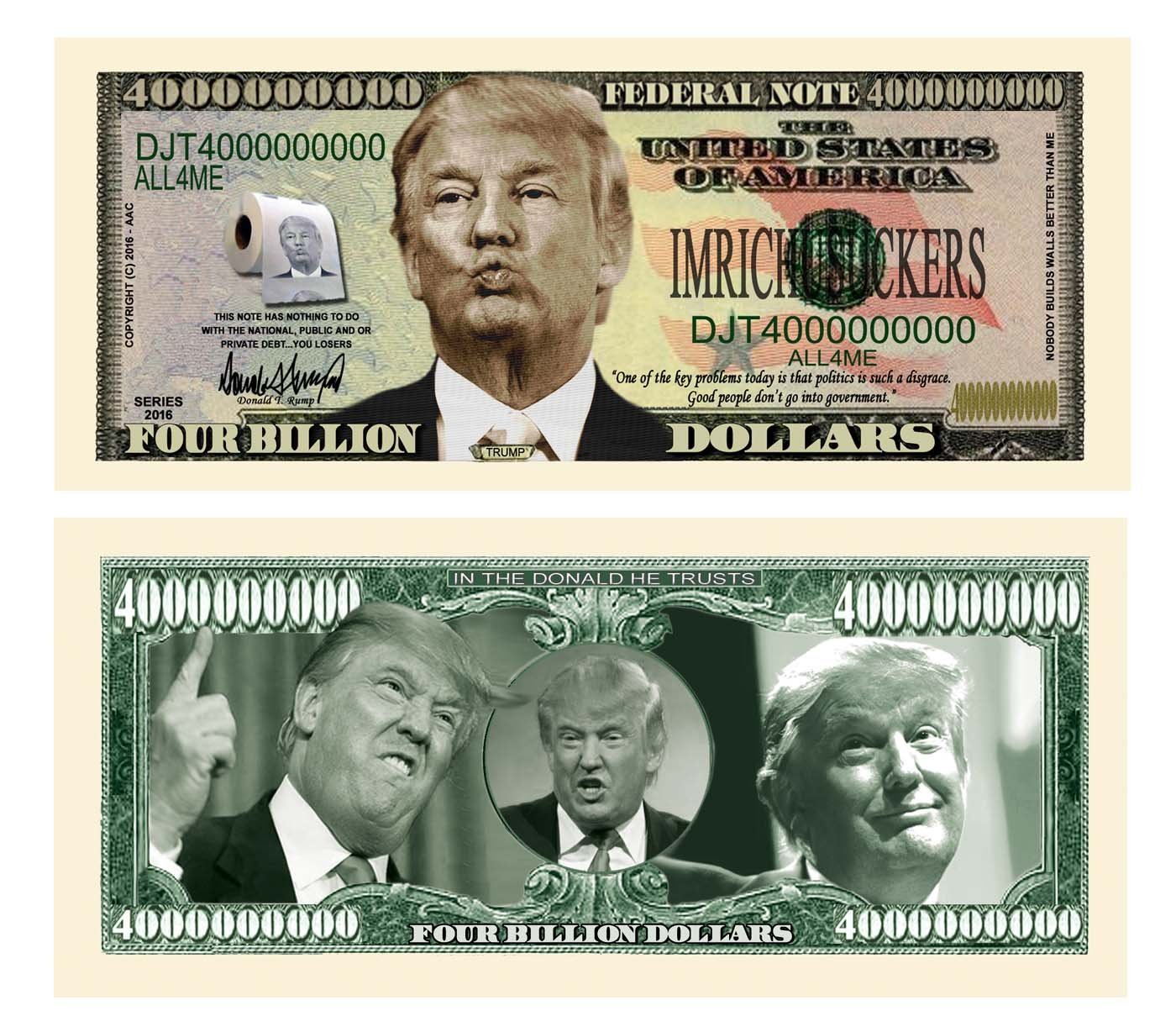

On Wall Street, the rising dollar has been one of the most visible signals of growing optimism in the U.S. economy; for many other countries, it spells trouble.
On Wall Street, the rising dollar has been one of the most visible signals of growing optimism in the U.S. economy. For many other countries, it spells trouble.
Most analysts expect the U.S. currency to strengthen in 2017, extending a gain that has boosted the value of the dollar by more than one-third since the U.S. credit downgrade in 2011.
That expectation is mostly because a strengthening economy appears likely to enable the Federal Reserve to enact its plan for multiple rate increases in 2017. Higher rates make it more attractive to hold dollar-denominated assets, attracting money into the U.S.
“Right now, there is an incredible amount of pressure to sell just about every type of currency and buy the dollar,” said Christopher Stanton, chief investment officer at Sunrise Capital LP, which manages $700 million.
Mr. Stanton recently bet that the U.S. currency will appreciate against the Australian dollar, Japanese yen and euro in the next few months.
A stronger dollar raises the buying power of U.S. consumers and businesses by making imported items cheaper and reducing the costs of traveling abroad. By the same token, however, it hurts U.S. exporters by making their goods less competitive overseas, cutting into corporate earnings and potentially weighing on stock prices.
In emerging markets, sustained dollar strength could undercut prices for oil and other dollar-denominated commodities, pressuring developing economies that export raw materials. Emerging-market companies and governments that have borrowed heavily in the U.S. currency will also find their debt more difficult to service.
For China, the rising dollar is exacerbating capital outflows and tightening liquidity, shaking markets that had enjoyed a period of relative stability for most of 2016. Chinese bond markets plunged in reaction to December’s Fed meeting, at which the U.S. central bank decided to lift rates and signaled several more boosts. Chinese regulators injected money to allay a possible credit squeeze, while stocks also fell.
China’s central bank has also had to drain $300 billion of its reserves in the first three quarters of the year, more than it spent in all of 2015, as it fought to slow the yuan’s decline against the dollar. China’s currency is down 4.3% against the dollar since October, falling to a record low. Other emerging-market currencies have been hit far worse: the Turkish lira is off nearly 15% in the last three months of the year.
Expectations of fiscal stimulus under President-elect Donald Trump “have absolutely re-energized the dollar,” said Alan Ruskin, head of G10 foreign exchange strategy at Deutsche Bank. “This is a major shift in policy dynamics.”
The Wall Street Journal Dollar Index, which measures the dollar against a basket of 16 currencies, rose 3.1% in 2016 on a late-year surge against the euro, yen and emerging markets.
Roughly 60% of clients surveyed by Citigroup believe the dollar will be either “moderately higher” or “sharply higher” against developed and emerging market currencies next year.
Some worry, however, Mr. Trump’s proposals on infrastructure spending and tax cuts may not come to fruition. And past fiscal expansions have had mixed effects on the U.S. currency.
The ICE Dollar Index rallied more than 80% between 1981 and 1985, driven by a mix of fiscal stimulus pushed through by then-President Ronald Reagan and a series of rate increases by the Federal Reserve in the decade’s early years.
But tax cuts under President George W. Bush failed to boost the dollar in the 2000s, as they were accompanied by a dovish Fed and uncertain equity markets, a Deutsche Bank report said.
Investors also expect the Fed to keep a close eye on the currency’s ascent, and raise rates at a slower pace if the dollar’s rally appears to be bruising the U.S. economy.
Thanos Bardas, a portfolio manager at Neuberger Berman overseeing $255 billion, said he took profits in December on bets that the dollar will rise against the yen, wary that the U.S. currency has risen too quickly in a short period of time.
“The markets have an extremely rosy outlook,” he said. “The smart trade is to trust but verify.”
http://www.wsj.com/articles/re-energized-dollar-looms-over-the-rest-of-the-world-1483272003
